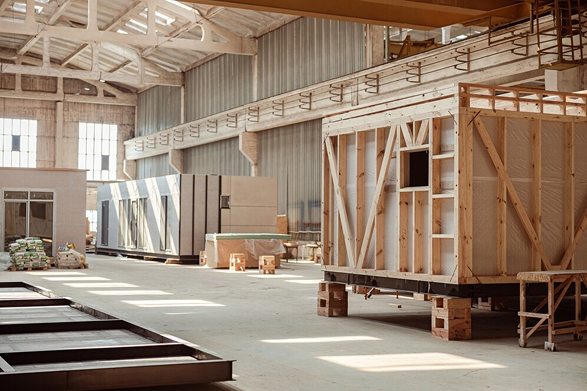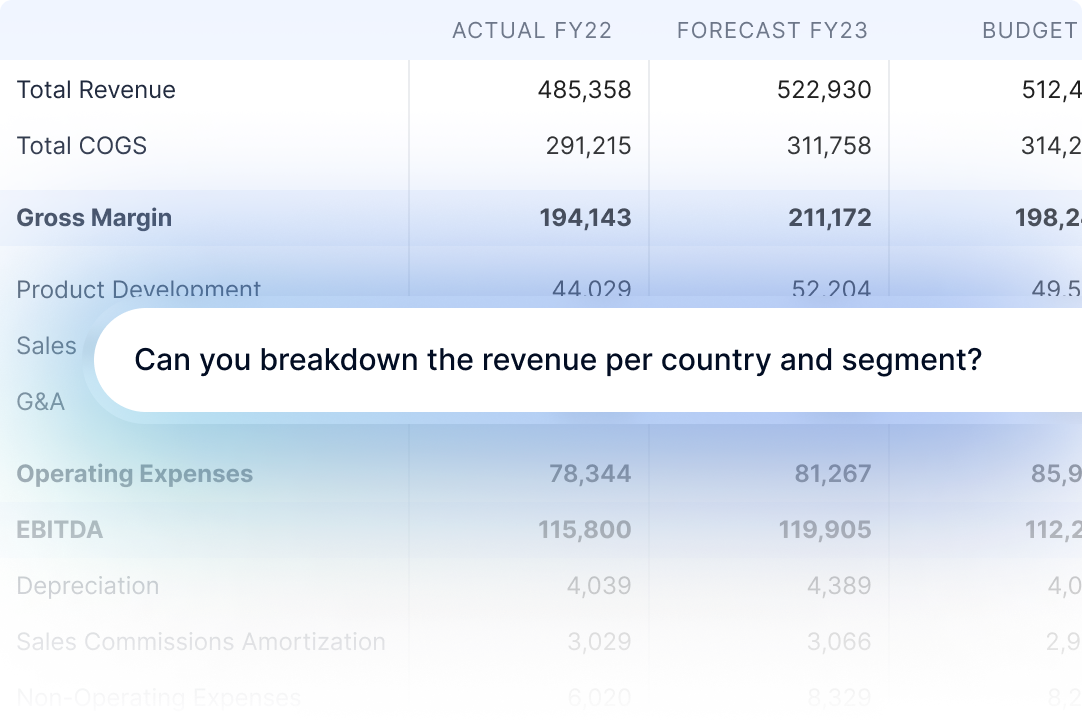Supply Chain Resilience Across Industries
In today’s fast-changing world, resilience in the supply chain isn’t just a nice-to-have — it’s essential. From wars to weather to pandemics, disruptions come from all directions. Let’s take a look at how resilience plays out in different industries, and what real-world events have taught us about staying adaptable and resilient when the unexpected happens.
Supply Chains: More Than Just Weather
When we think of supply chain disruptions, hurricanes, floods, or droughts might come to mind. But in reality, there are forces impacting supply chain besides meteorology. Geopolitical issues, pandemics, labor shortages, and shifting trade agreements can throw off global systems that keep products moving from factory to shelf.
Let’s break it down by industry.
1. Automotive: The Chip That Changed Everything
During the COVID-19 pandemic, the automotive industry hit a wall — literally — when microchips, or semiconductor transistors, became scarce. These tiny components power everything from digital dashboards to braking systems. When you combine the unexpected surge in laptop demand with the automotive industry’s growing need for chips, plus massive lockdowns in China, the world’s largest microchip manufacturer, global production lines came to a standstill.
The result? Empty dealership lots, delayed car launches, and rising vehicle prices.
To bounce back, the U.S. and other nations started investing in domestic chip manufacturing facilities. This isn’t just about recovery — it’s about building resilience. The goal is clear: shorten supply chains, reduce dependency, and prepare for future shocks.

2. Construction: When One Material Halts the Market
The construction industry might seem straightforward — bricks, mortar, labor — but it’s incredibly sensitive to supply chain fluctuations. A perfect example? The 2021 lumber shortage.
I experienced this firsthand while working at a real estate company that sold land for manufactured homes for low income families in Texas. We had plenty of land ready to go, but buyers weren’t coming. The reason? There just weren’t enough homes being built — because lumber from Canada, a key building material, was in short supply.
We only provided the land; we depended on third-party suppliers to deliver the homes. But during the shortage, there simply weren’t any homes available—at least not for another six months. For our customers, who were already managing tight budgets, buying land with no guarantee of a move-in date just didn’t make sense. They still had to pay rent elsewhere, and taking on a mortgage for a property they couldn’t live in yet wasn’t a risk they could afford. As a result, sales were completely frozen for nearly eight months. This shortage slowed down construction across North America. Even with high demand, builders were stuck waiting for materials, pushing back timelines, and driving up prices. It’s a reminder that a single missing link in the chain can impact the entire system — and that supply chain resilience is the foundation of industries like construction.

3. Food: When War Disrupts the Table
Food supply chains are deeply interconnected. One striking example is the war in Ukraine. Before the war, Ukraine was a major exporter of wheat and other grains. But when the conflict began, exports slowed dramatically, creating a global grain shortage.
Countries that relied heavily on Ukrainian grain faced rising food prices and even food insecurity. In response, some governments had to find alternative suppliers, boost local production, or rethink storage strategies to become more self-reliant in the future.
This kind of disruption shows how a conflict in one part of the world can ripple through global markets — and why food supply chains need flexibility and backup plans to stay resilient.

4. Shoe Fashion: The Cost of Innovation Under Pressure
In niche industries like fashion footwear, especially for startups, supply chain resilience can be a make-or-break factor. Take Pashion, a small American brand that makes high-heel shoes that transform into flats. The product is innovative and requires a very specific and sophisticated manufacturing process, one that only a few manufacturers in the world can handle — and all of them are located in China.
When the Trump administration imposed new tariffs on Chinese imports, Pashion found itself in a tough spot. The specialized production couldn’t be easily moved elsewhere, and the higher import costs threatened the viability of the business.
This is a powerful reminder: resilience isn’t just about bouncing back after disaster — sometimes, it’s about how flexible your supply chain is in the face of policy changes and global trade shifts. For small businesses, the challenge is even steeper. They often lack the resources to pivot quickly or to develop alternative production options. And yet, those who can creatively adapt — through local partnerships, digital production tools, or diversified sourcing — are the ones most likely to weather the storm.

Resilience Isn’t Just a Buzzword. It’s a Plan.
The stories from automotive, construction, food, and fashion industries all point to one truth: supply chain resilience starts long before a crisis hits. It’s built through better planning, flexible systems, and access to the right people when it matters most.
That’s where Planadigm comes in.
Whether you’re dealing with outdated planning processes, struggling to pivot from Excel, or facing a talent gap in your supply chain team, we help you design a supply chain that’s agile, efficient, and ready for whatever comes next.
How We Help:
🔹 Planning Process Improvement – Simplify and streamline to move faster, smarter.
🔹 Pigment Implementation – Ditch the spreadsheets. Plan collaboratively in the cloud..
🔹 Interim Supply Chain Professionals – Add expertise and bandwidth where you need it most.
The world won’t stop throwing curveballs. But with the right tools and team in place, you can turn disruption into opportunity.
👉 Let’s build resilience into your supply chain — starting now. Contact us →
Contact


